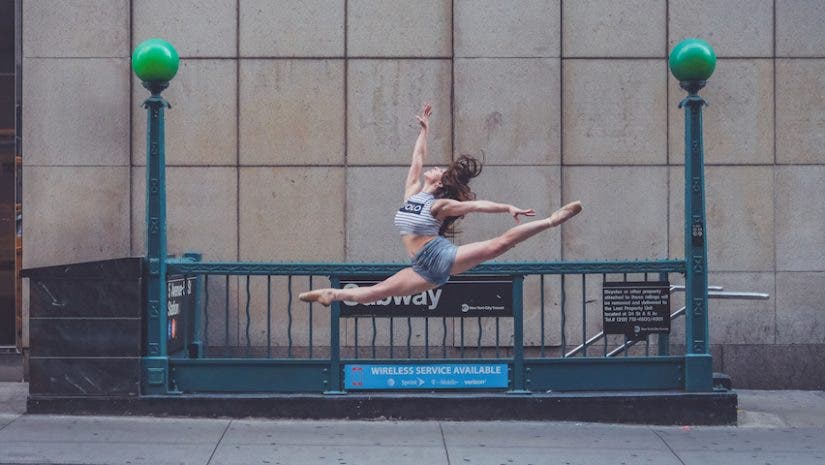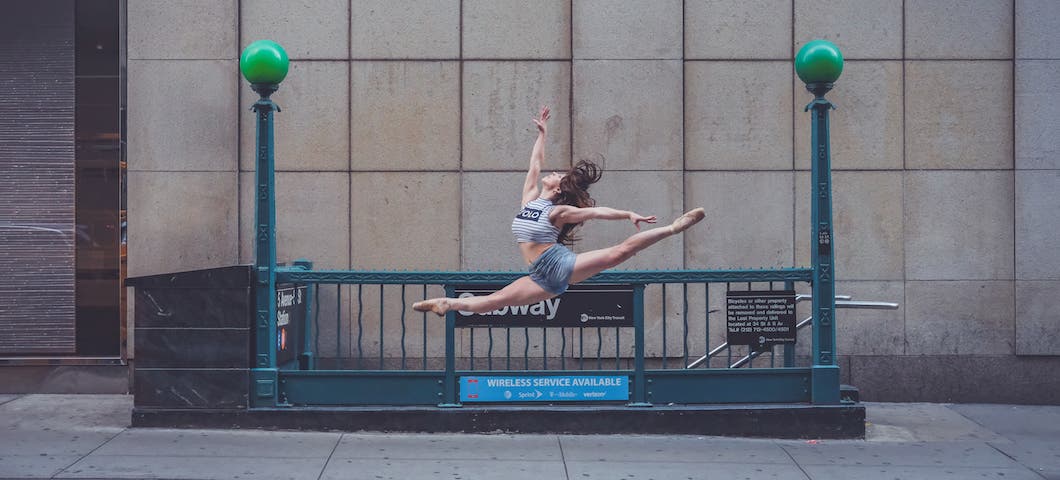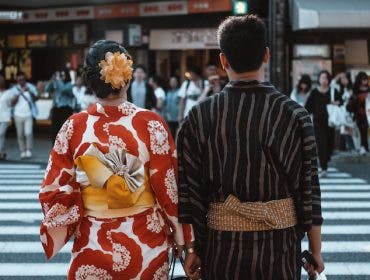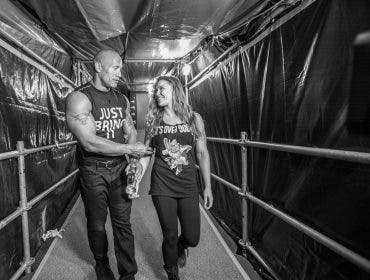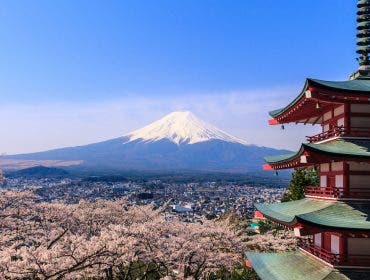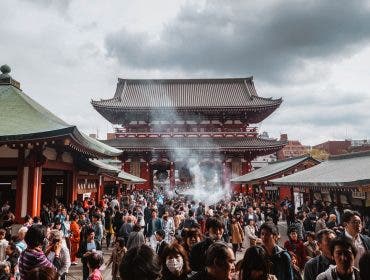What does the name Marcel Marceau mean to you?
For 37-year-old photographer Omar Z Robles, Marceau — the French actor and mime who viewed himself as an “artist of silence” and performed his passion for 60 years — means everything. After all, photography is itself another art of silence, and it’s in this realm that Robles has made his career after being influenced by Marceau to understand “how to interpret the world through subtle but riveting movements.”
Originally from Caguas in Puerto Rico, Robles now calls New York City home. It’s a fitting setting for his focus on showcasing local dancers, as the poetry and grace of dance is beautifully showcased against the severity of the metropolis. Not to mention that, in NYC, no one much bats an eye at professional dancers executing astonishing feats of strength and discipline for a camera in the middle of the street at noon on a Tuesday.
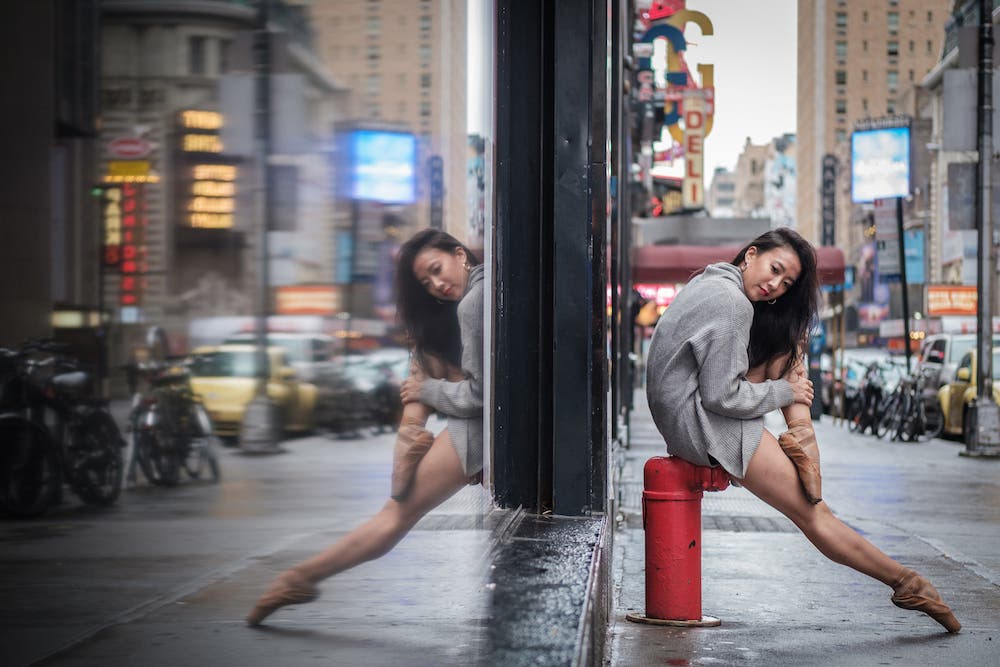
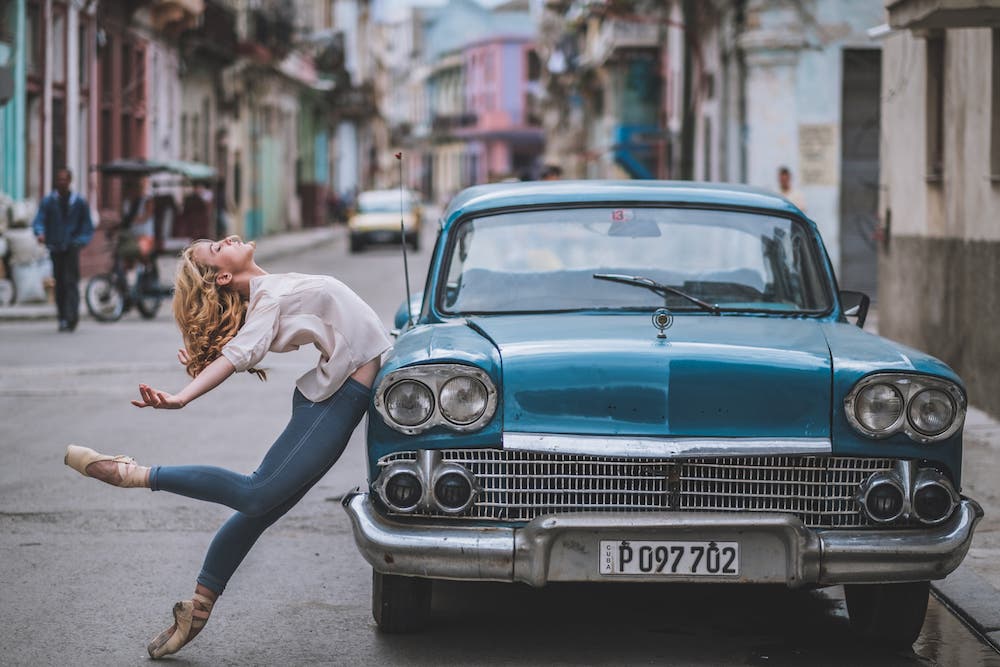
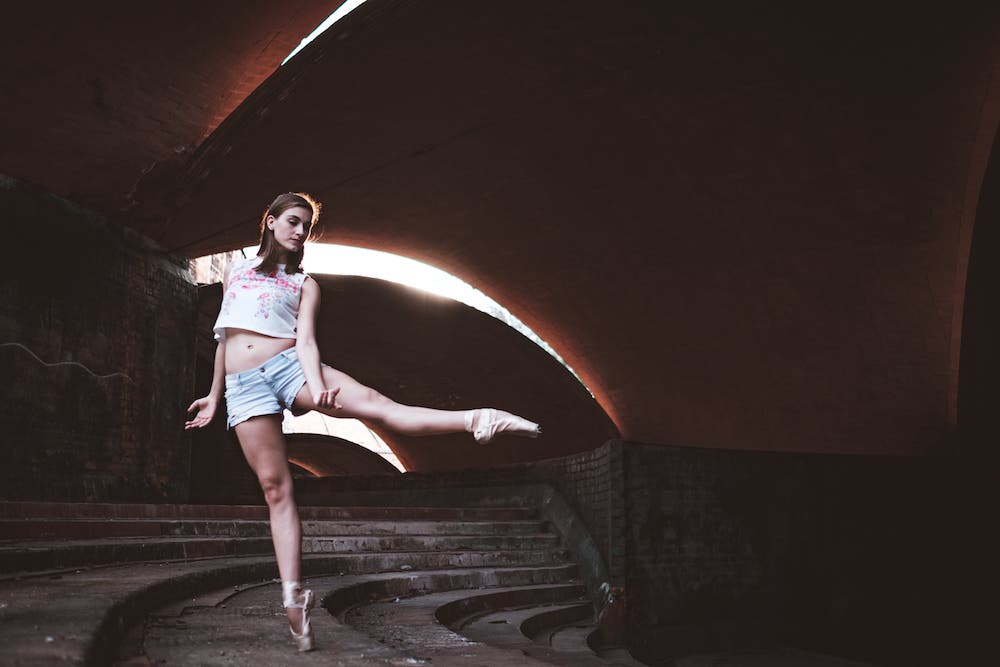
With a degree in the visual arts, more than 300,000 followers on Instagram, and a catalog of clients ranging from tourism boards and print media to brands like Jaguar and GAP, Robles is on the move, both literally and figuratively.
Adorama caught up with Robles to discover how he has grown his passion and experience with performance into a photography career supported by a positive community both online and off.
Adorama: First things first. What is your gear setup and your usual editing workflow?
Robles: Ninety-nine percent of the time I shoot with the Fujifilm X-T2, with the XF56mmF1.2 R APD lens. I started working as a photographer long before presets existed, so I got used to editing my images from the ground up. To this day I work that way. I edit every image individually and try to enhance it based on what I see at the moment.
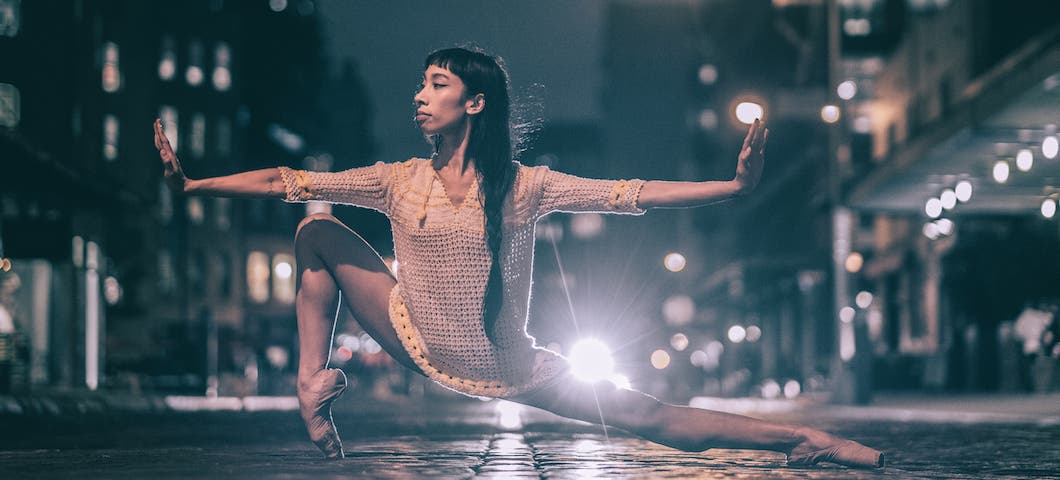
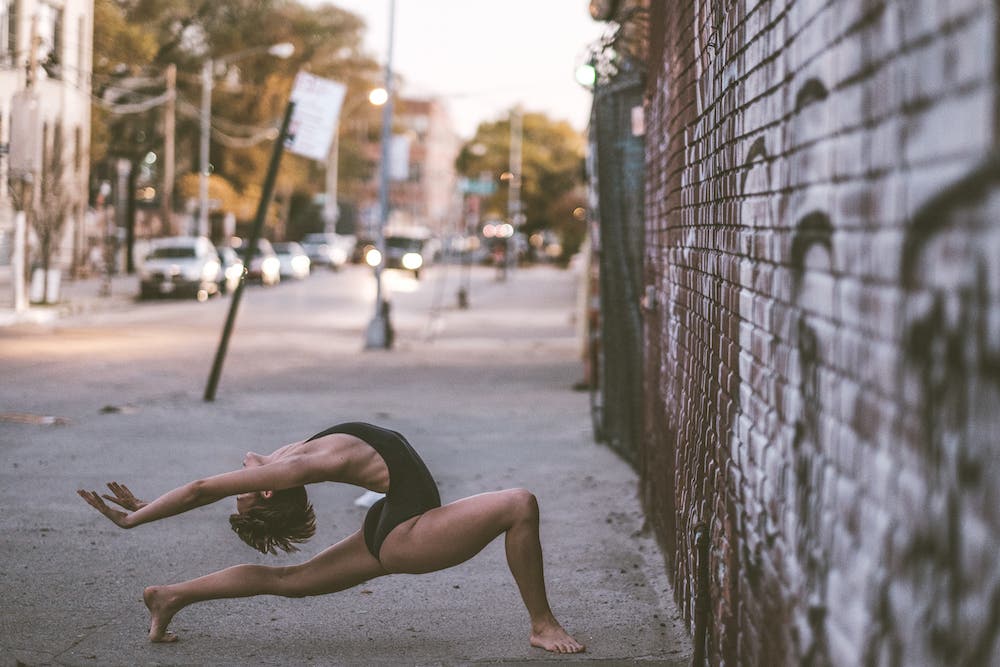
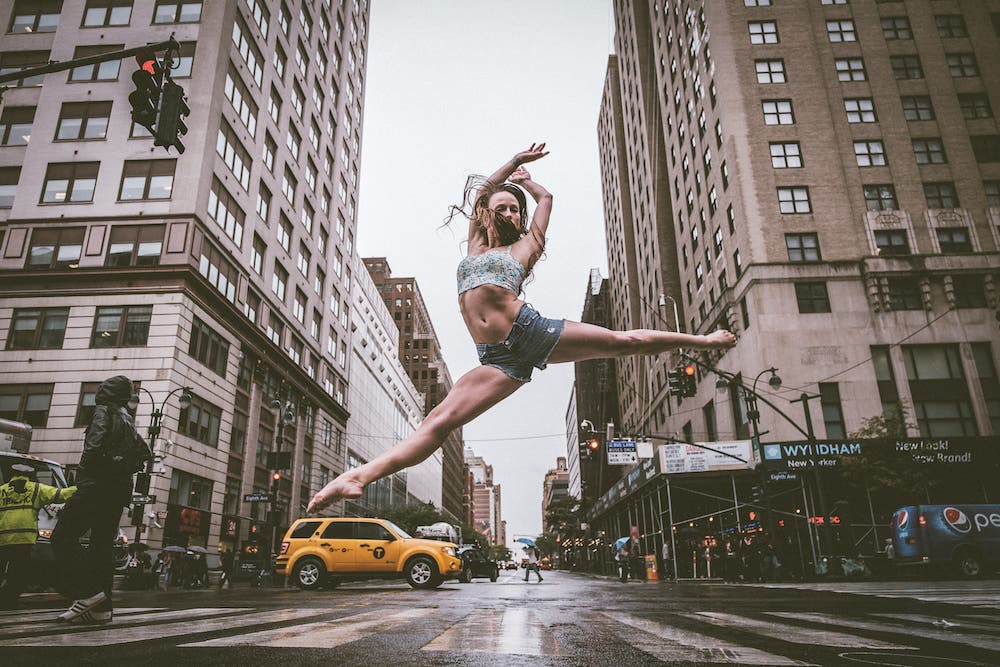
Adorama: What would you consider to be elements of your signature style?
Robles: I believe I use my background as a street photographer and journalist to tell stories through my dance images. I use the elements of the locations, including bystanders, to tell the story. However I allow the moment to build itself, as opposed to posing the elements. I strive to create an organic narrative instead of a posed or forced one.
Adorama: Was there a moment you remember first falling in love with photography?
Robles: I think I liked photography from a very young age. As a kid I was always browsing through magazines and being mesmerized by the photographs. I love storytelling and doing so in a visual way. As an adult, it wasn’t until a photography class in college that I realized, thanks to my professor, I had a talent for photography.
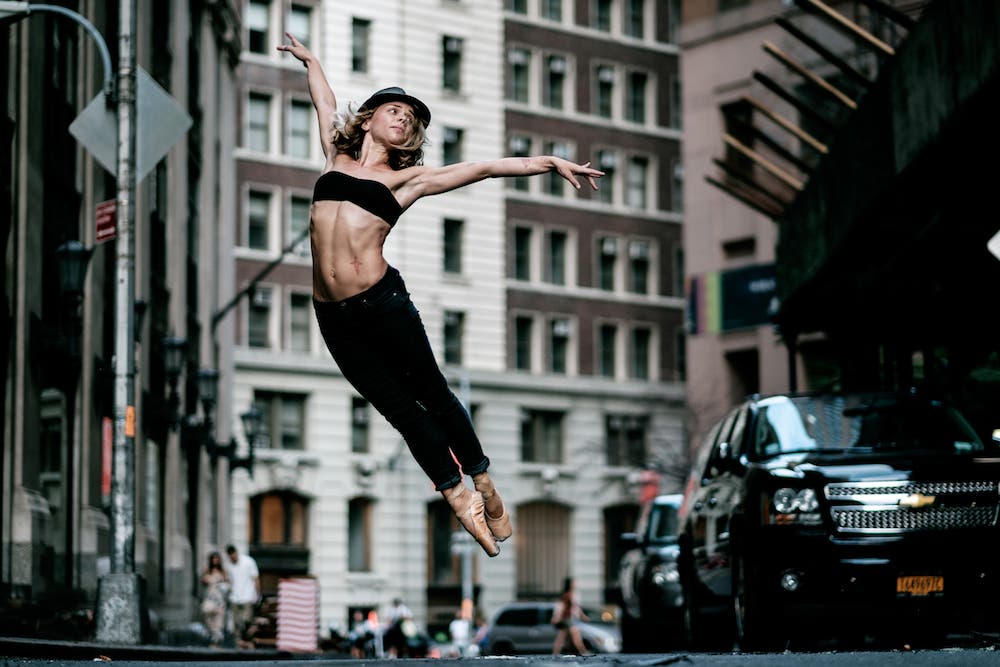
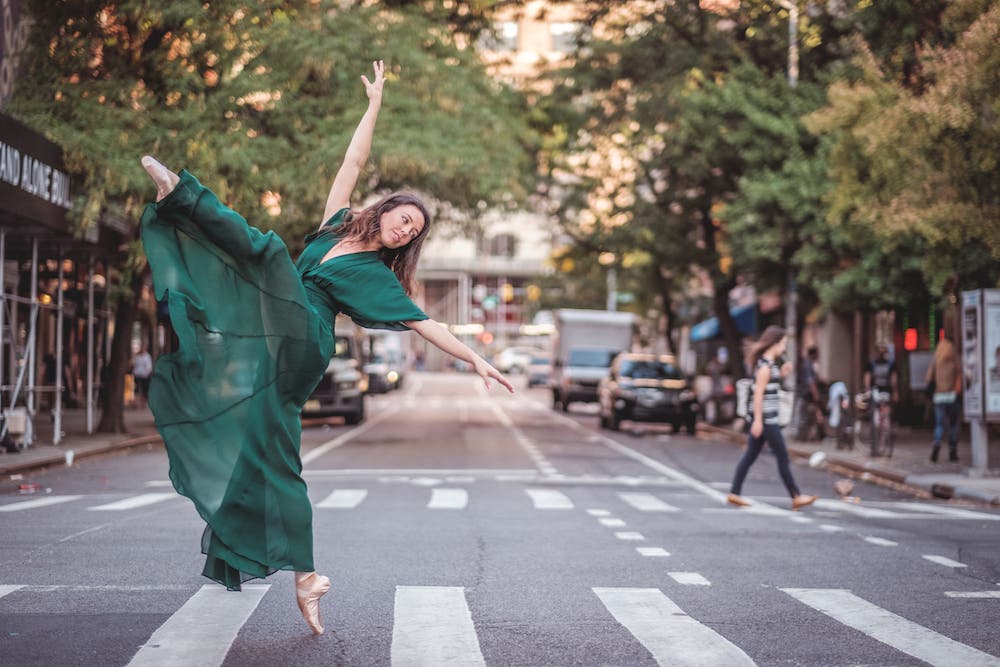
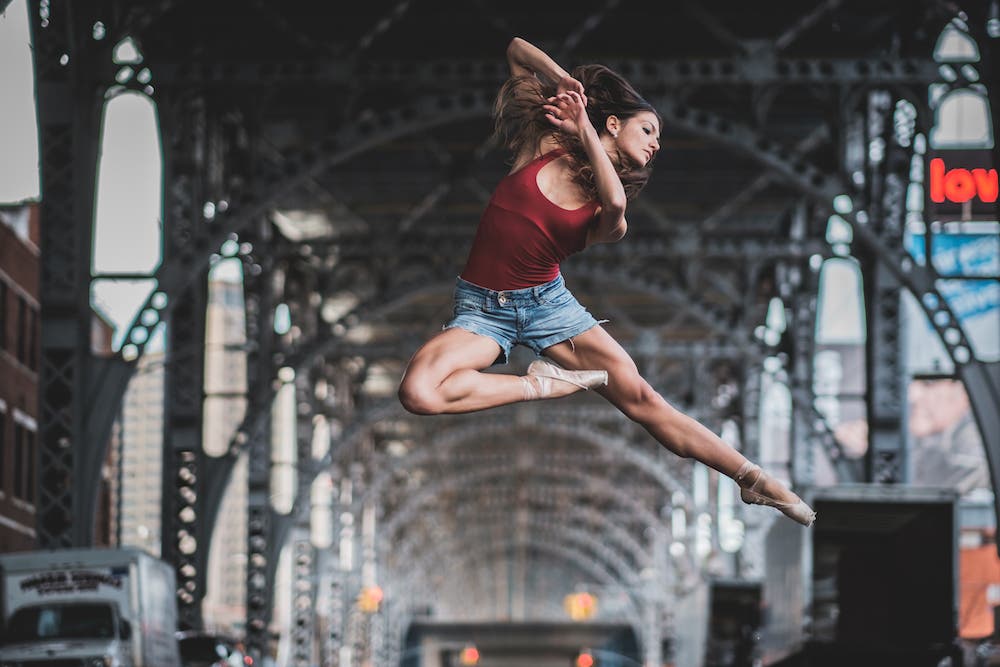
“I am alive and I am an artist, a photographer. This is what I have chosen to do, and it’s the only thing I do, for richer or for poorer (and sometimes richer, sometimes poorer).”
Adorama: How do you make a living right now, and how big a role does your photography play?
Robles: I do photography professionally, and it is my only source of income. Sometimes that income is great… other times not so much. But I have always found that question of “making a living” a little funny. I think it comes from the capitalist way of thinking, that financial status equals well-being. I also believe that question comes from general expectations of people, and this greatly undervalues the work of an artist. There is the issue of people assuming artists should be working for free or for whatever value they deem for our work, hence their skeptical question, “how can you make a living?”
I am alive and I am an artist, a photographer. This is what I have chosen to do, and it’s the only thing I do, for richer or for poorer (and sometimes richer, sometimes poorer). It’s the living I’ve chosen to make for myself and I am proud to live that choice every day, regardless of any financial status. To this day, I can say I work hard, very hard, and have been able to keep a roof over my head and food on the table doing what I love and enjoying what I do.
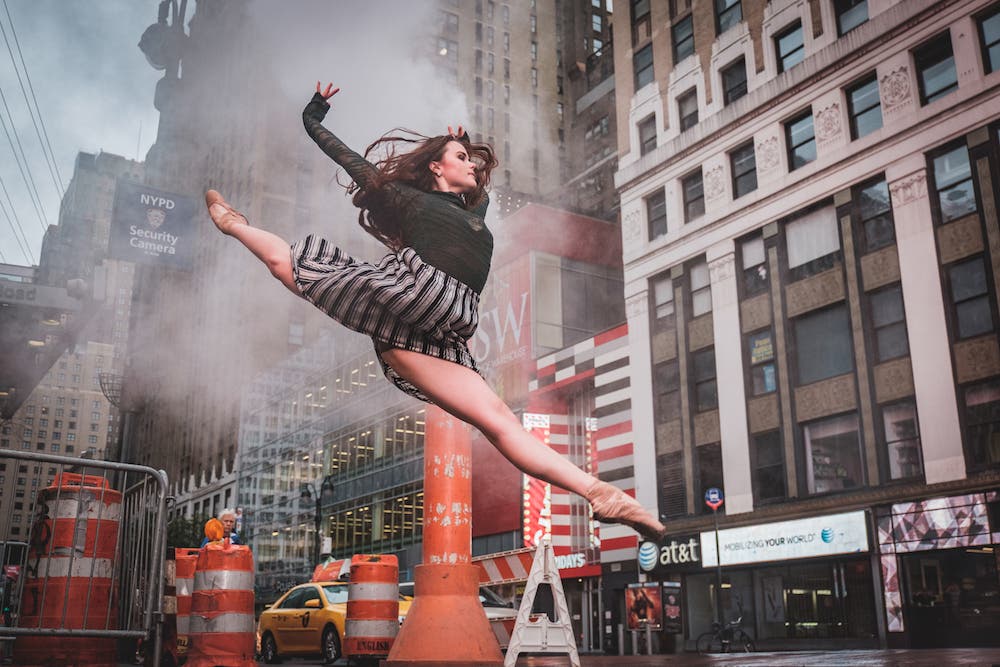
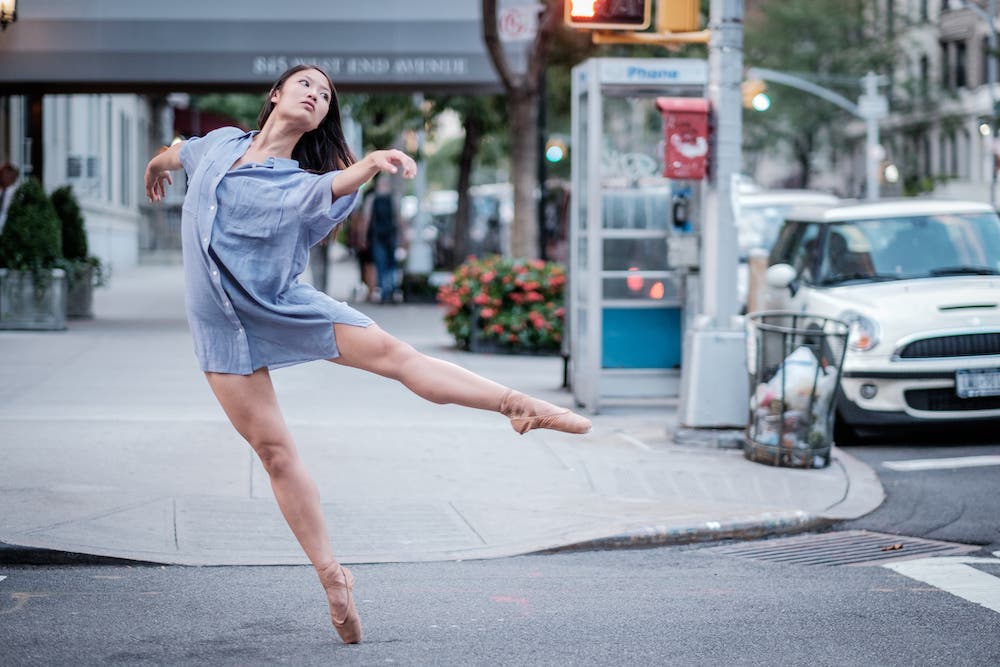
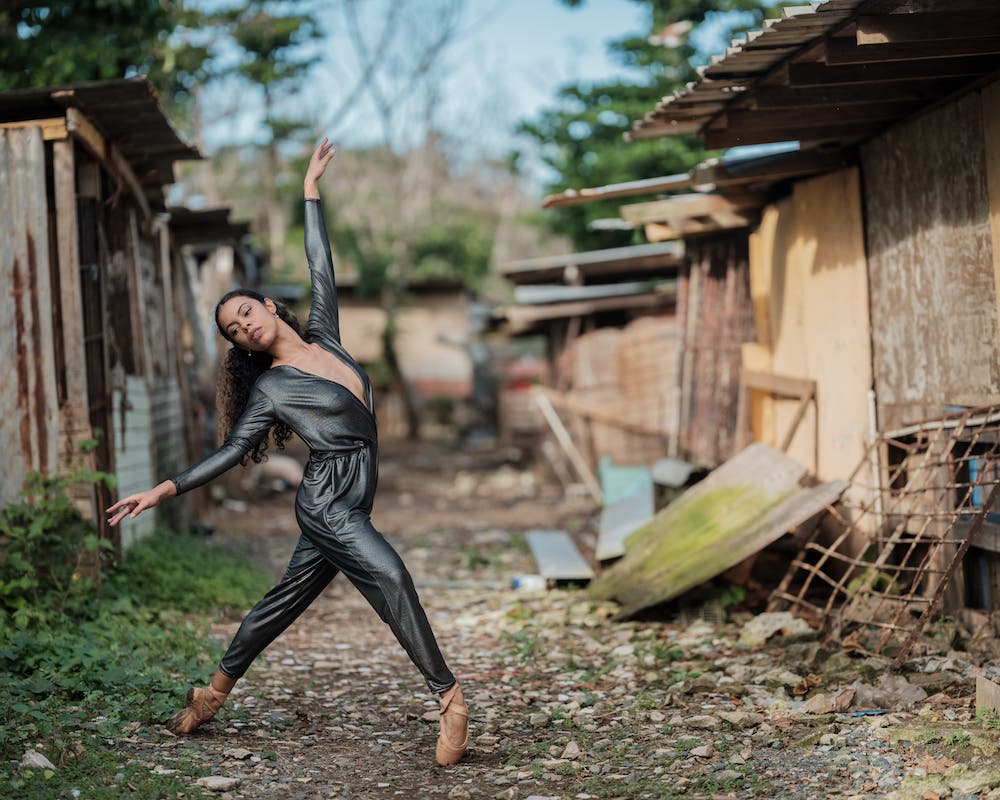
Adorama: What photographers (or artists, musicians, or writers) do you note as influences or inspiration for your work?
Robles: Photographers who inspire me include Arnold Newman, Henri Cartier-Bresson, Brassaï, and Richard Avedon. I am also inspired by the music of Joni Mitchell, Tom Waits, and Jorge Drexler, and by the art of Henri Matisse, Kandinsky, and Magritte. Marcel Marceau (the French mime artist) has been an enduring influence and inspiration for me.
“We are connected to our bodies as they form an essential part of our identity as artists. For some of them there might be an initial shyness, but once we start working they forget about everything else and concentrate in the work.”
Adorama: Can you share a tip you’ve learned from working with nude subjects in open spaces?
Robles: The rooftop series of nudes is a new experiment I’ve only started working on this summer. Most dancers are very comfortable with their bodies and I can attest to this, since I am myself a former performer (and I have posed nude). We don’t see or treat the body as something to be ashamed of. We treat and feel our bodies as something to honor and be proud of. We are connected to our bodies as they form an essential part of our identity as artists. For some of them there might be an initial shyness, but once we start working they forget about everything else and concentrate in the work.
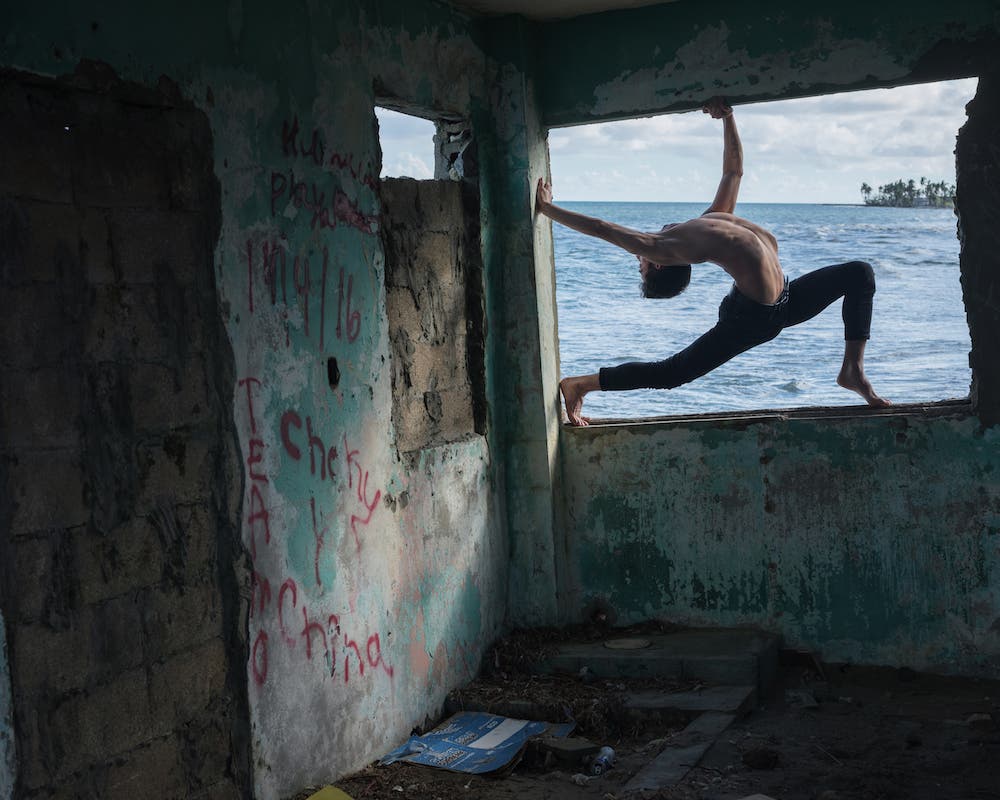
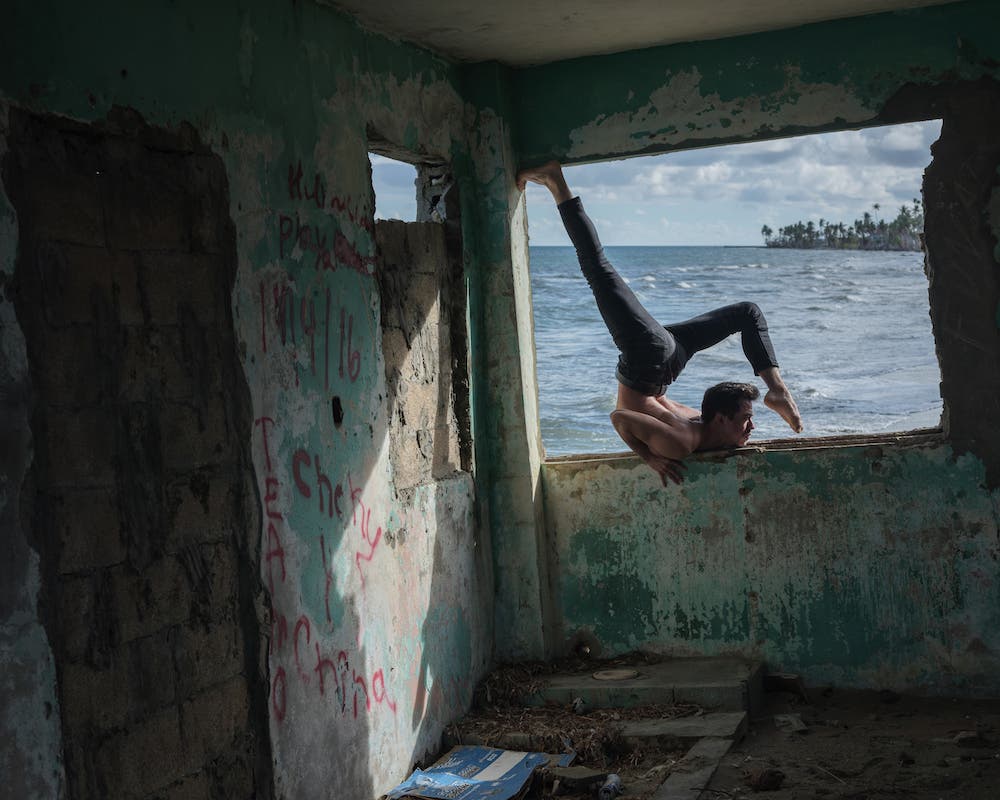
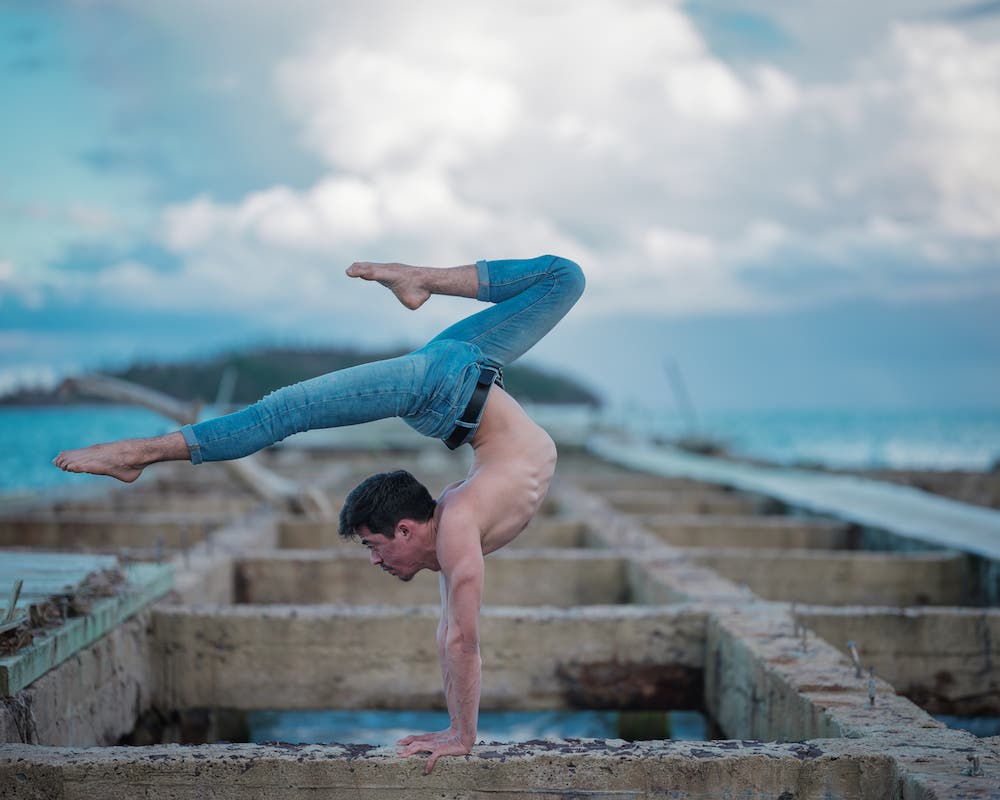
Adorama: Do you work with the dancers to decide upon certain moves and poses for each shot, or is an organic performance?
Robles: I direct the dancers not only as a photographer, but also from a dance perspective. Thanks to my performance art background I can work in tandem with the dancers in their same language of movement. We work through specific poses and movement in order to achieve a purposeful image.
Adorama: What would you say to a subject you’ve photographed, clothed or nude, who is hesitant about having the image posted to Instagram or made public?
Robles: Dancers are generally comfortable with their public image/persona. Clothed or nude, I do emphasize that my aim is to make them look their best, and we develop our sessions towards that end. They feel comfortable knowing, and then seeing, that the final images are the best representation of their work and body.
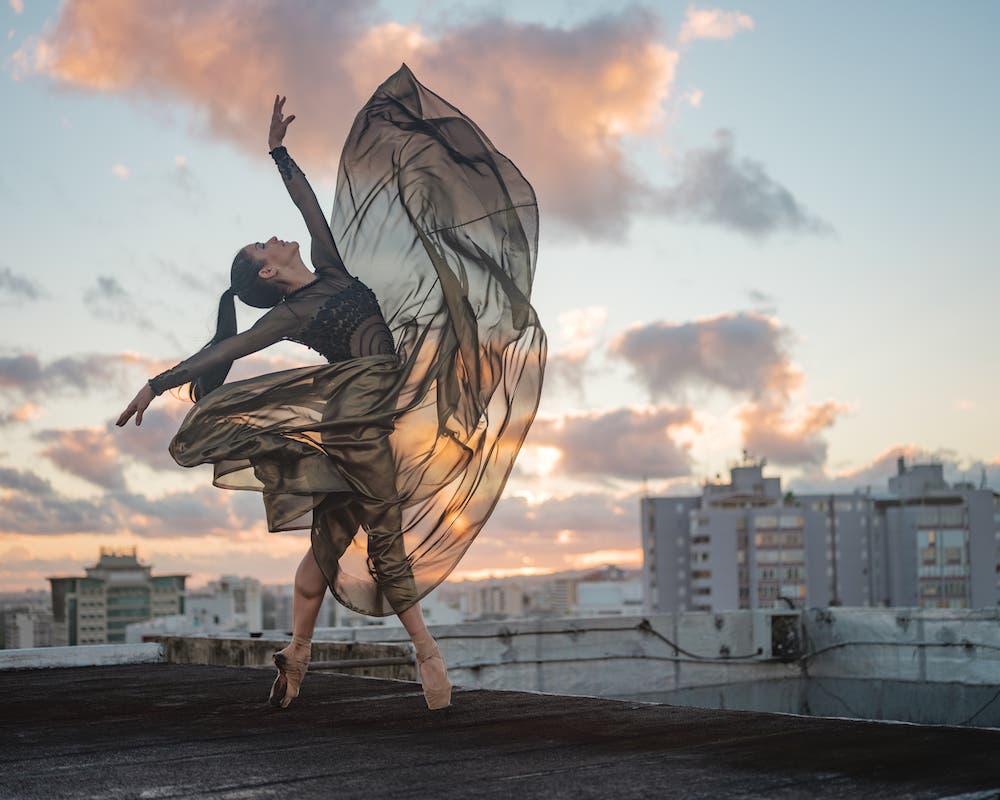
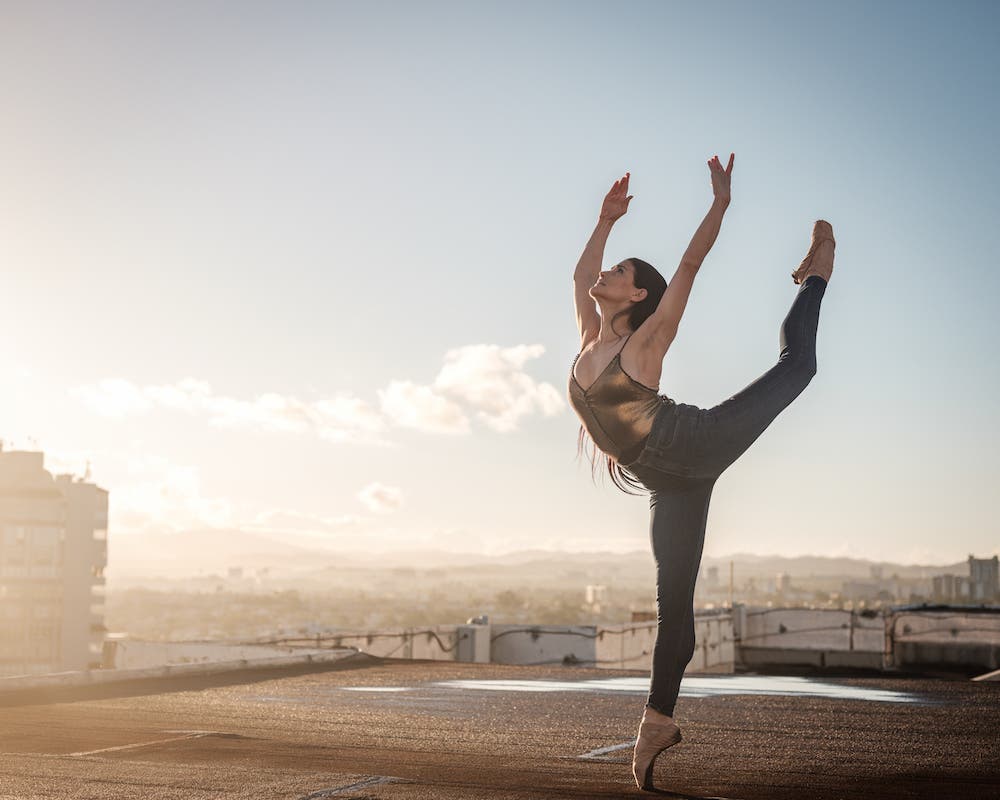
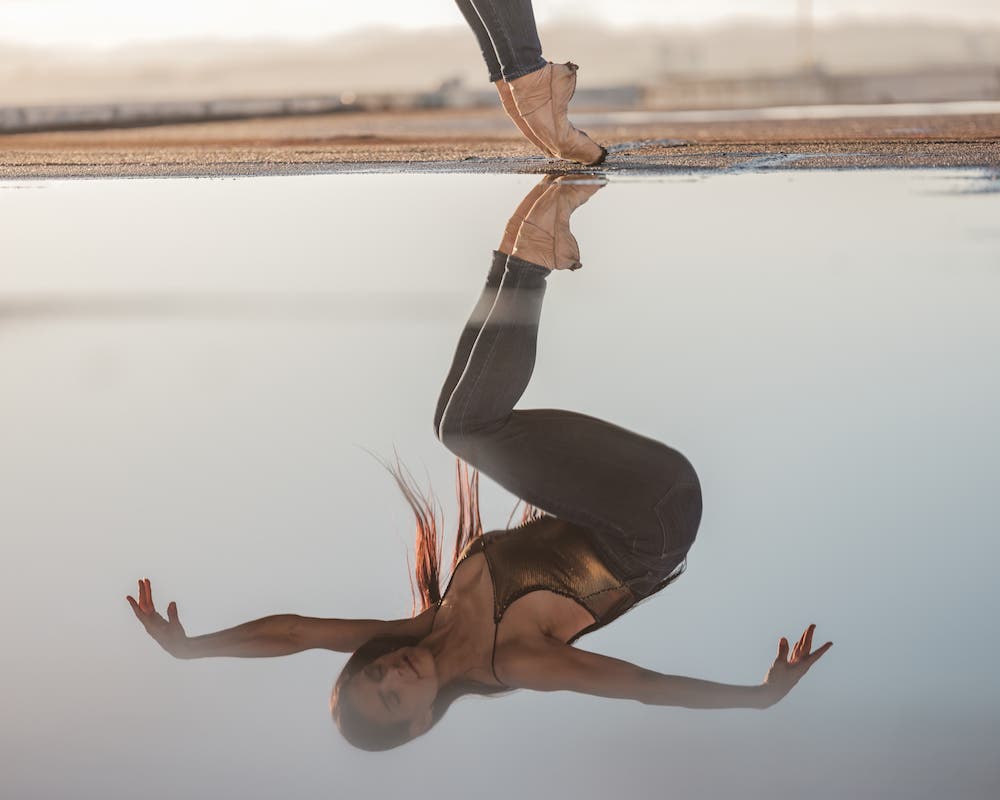
Adorama: How do you handle or respond to criticism or negative/rude comments on your female dancer photos on Instagram?
Robles: I have nurtured a very positive community on my social media outlets, so I rarely get any negative comments. I strive to represent the dancers I collaborate with in the most dignified and respectful way, respective of their art and their identities. I believe that is one of the main reason dancers feel they can trust me with their image. For this same reason I rarely receive any negative remarks on the dancers. Often those who criticize do so out of spite or a false sense of morality that can’t stand on its own feet, and when this happens other members of the community jump in and remind the naysayers to stay positive.
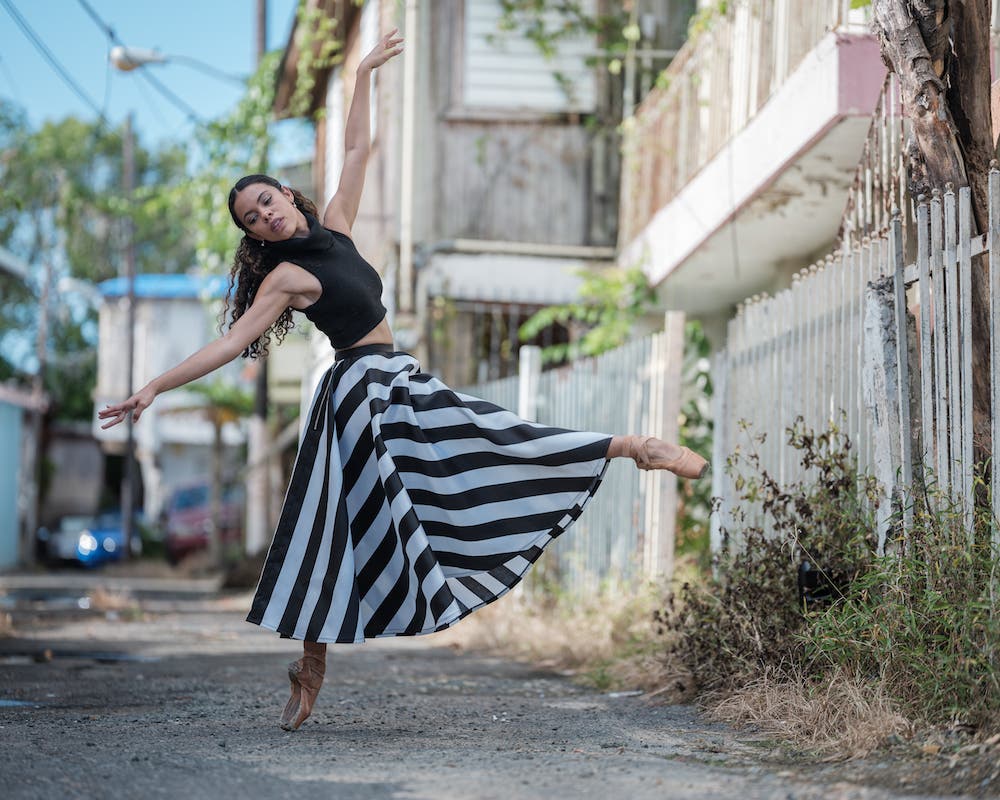
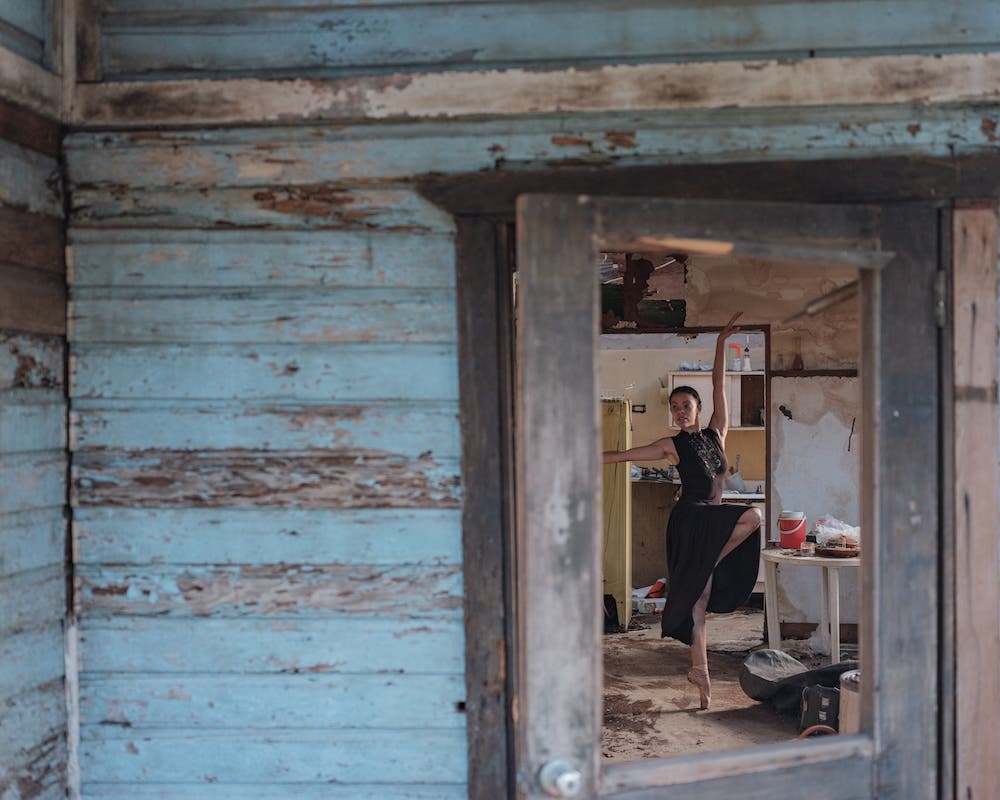
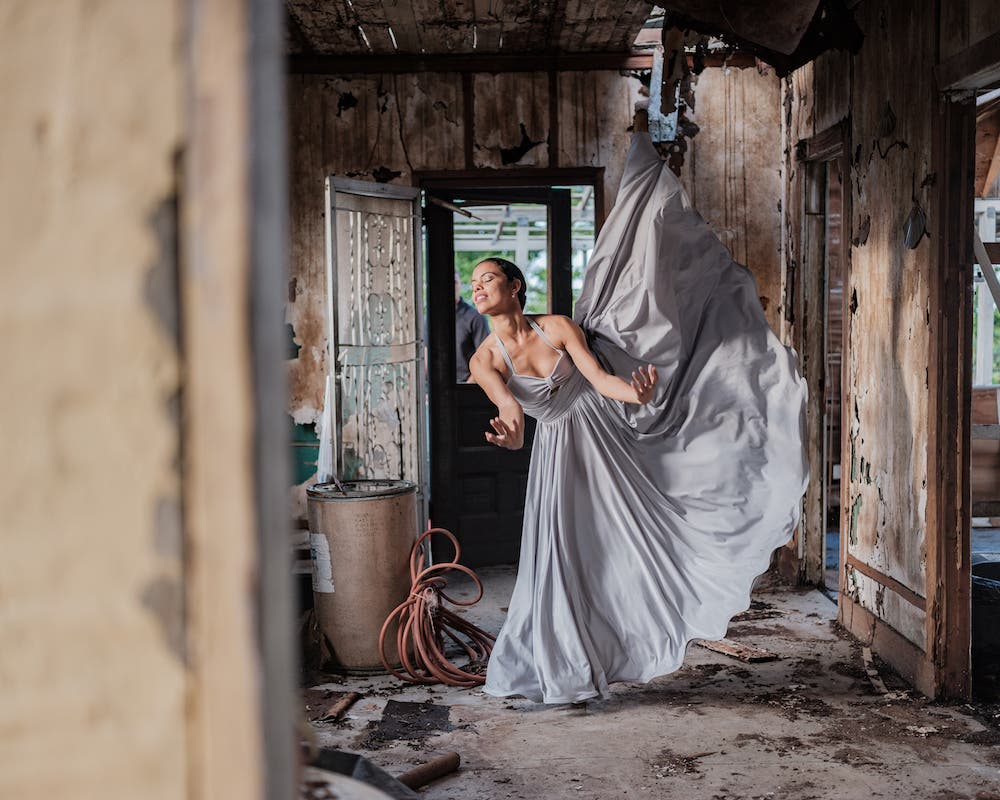
Adorama: What’s your single favorite photo you’ve captured and shared, and can you tell the story behind it?
Robles: That is the hardest question to answer as I find myself emotionally attached to all of the work I create. Certain images do stand out because of the circumstances or where they were shot. For example, the most recent Puerto Rico series (shot during my “Through the Lens” episode) is very special to me since, as a Puerto Rican, I wanted to create something special to honor the beauty of my country despite the devastation left by Hurricane Maria.
Check out Robles’ full Through the Lens episode below:
